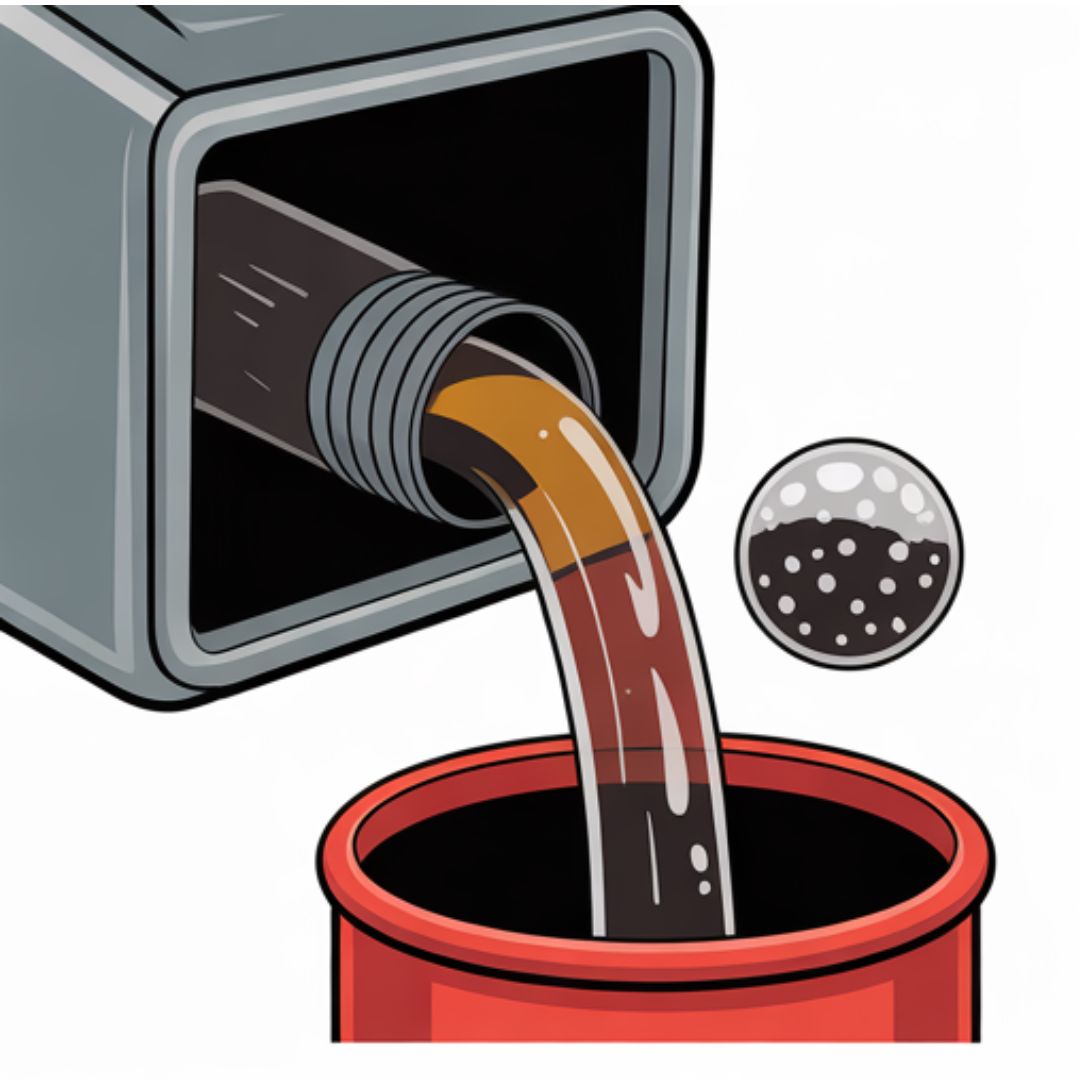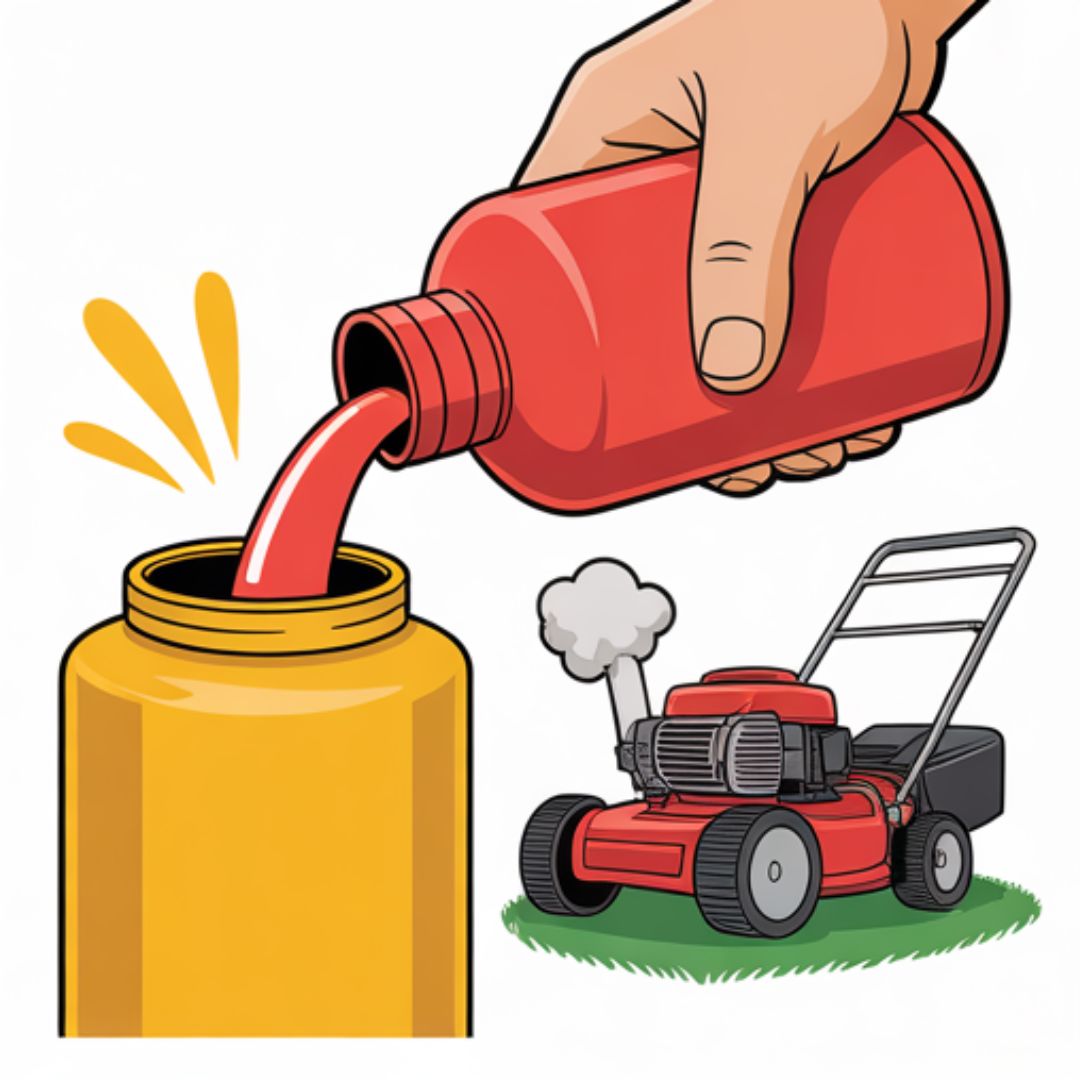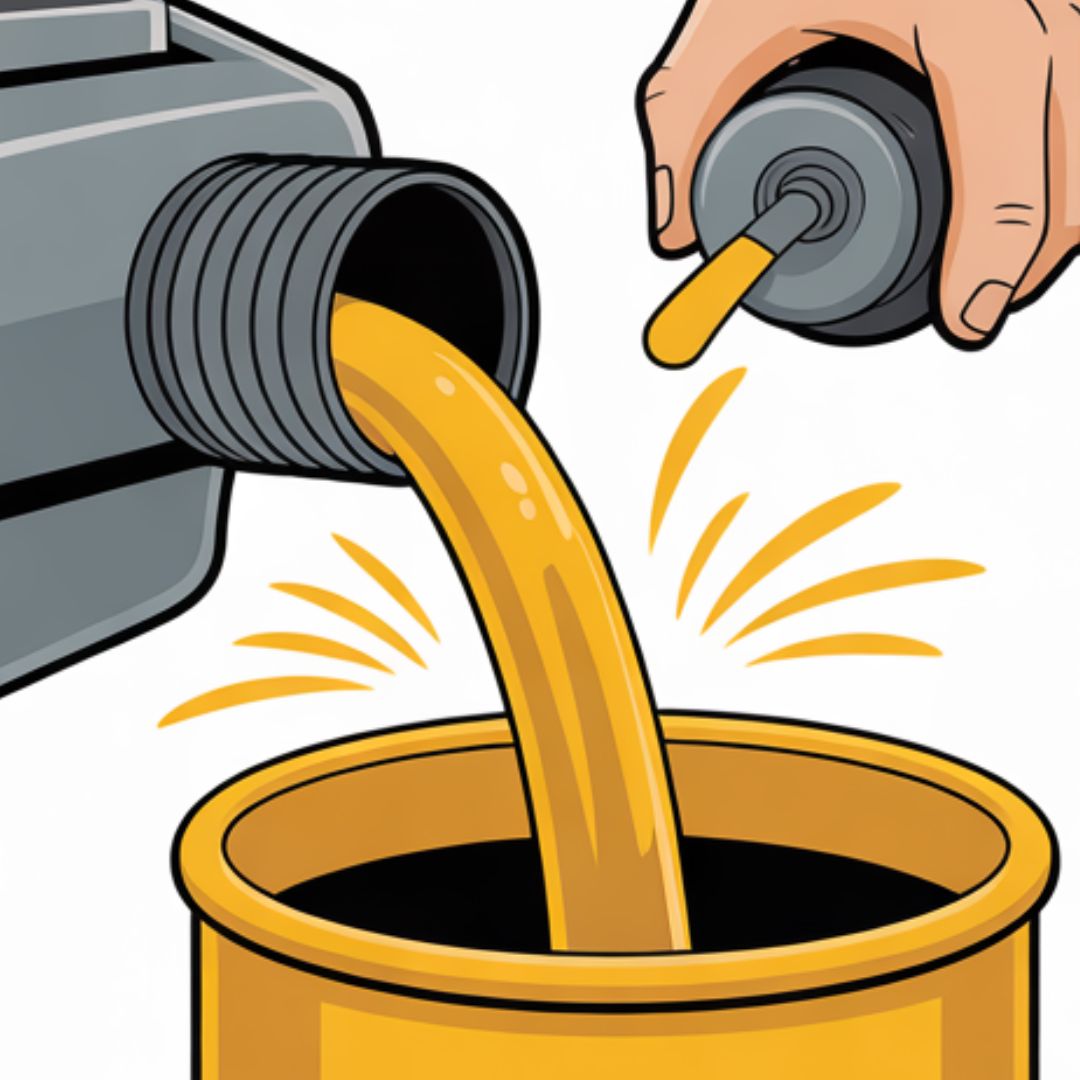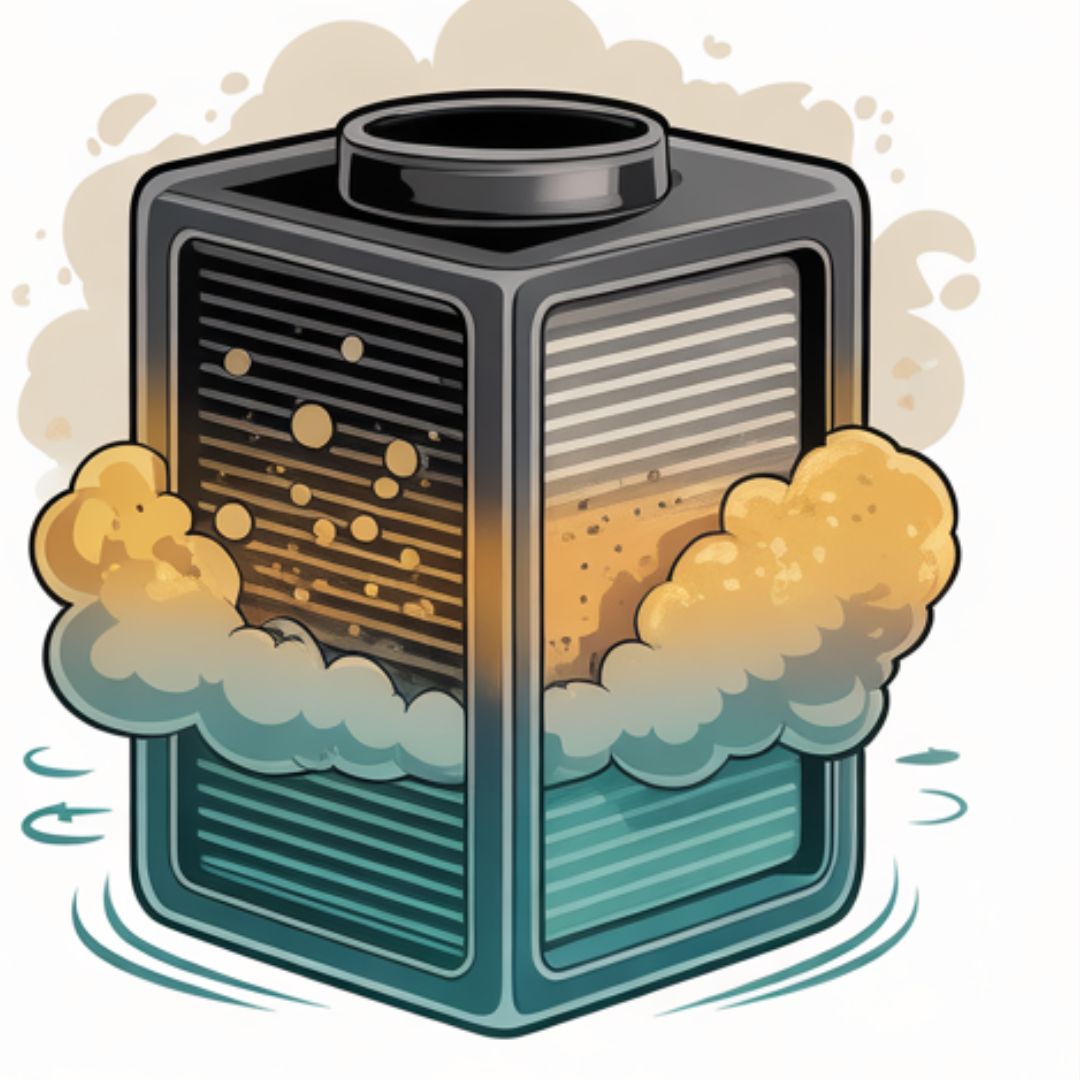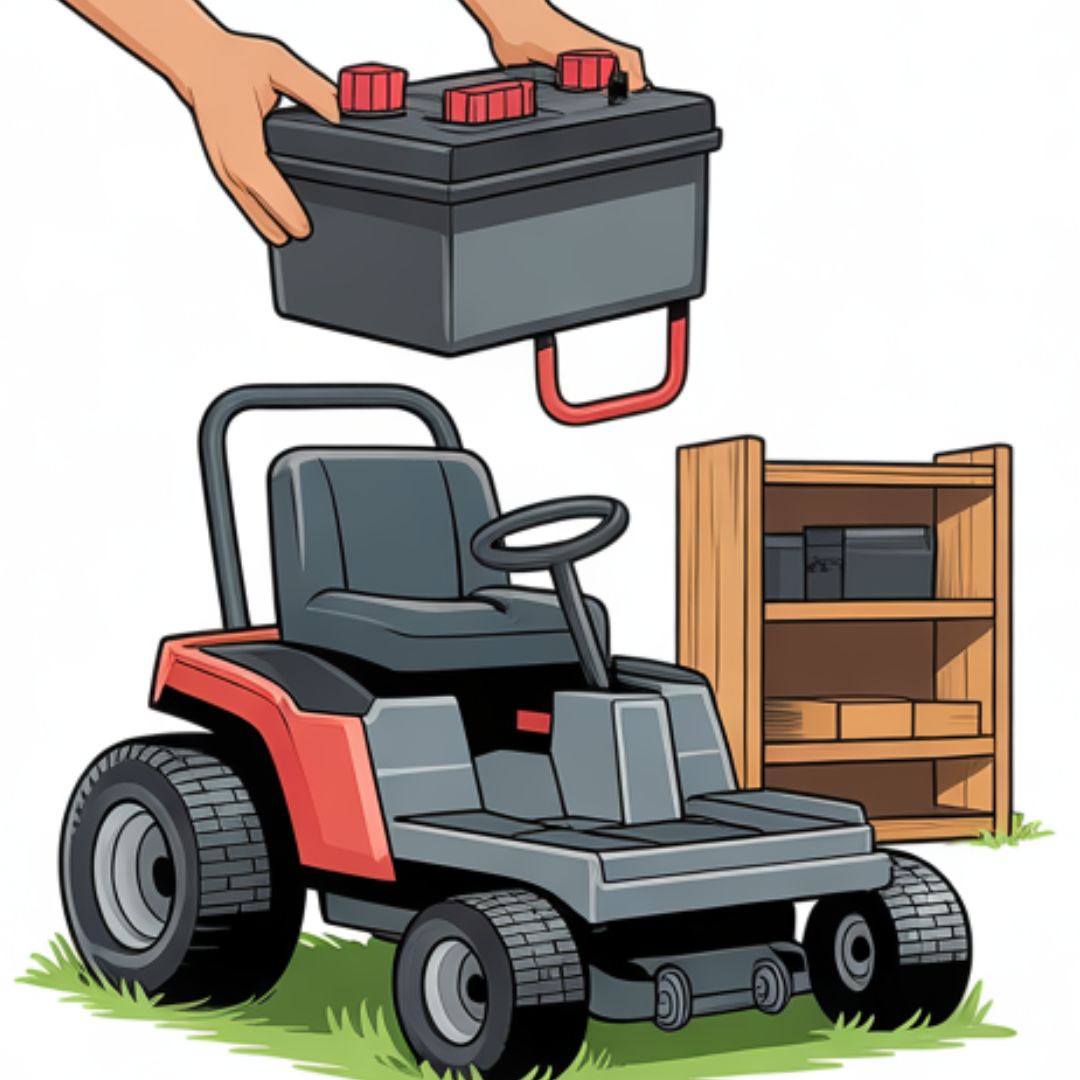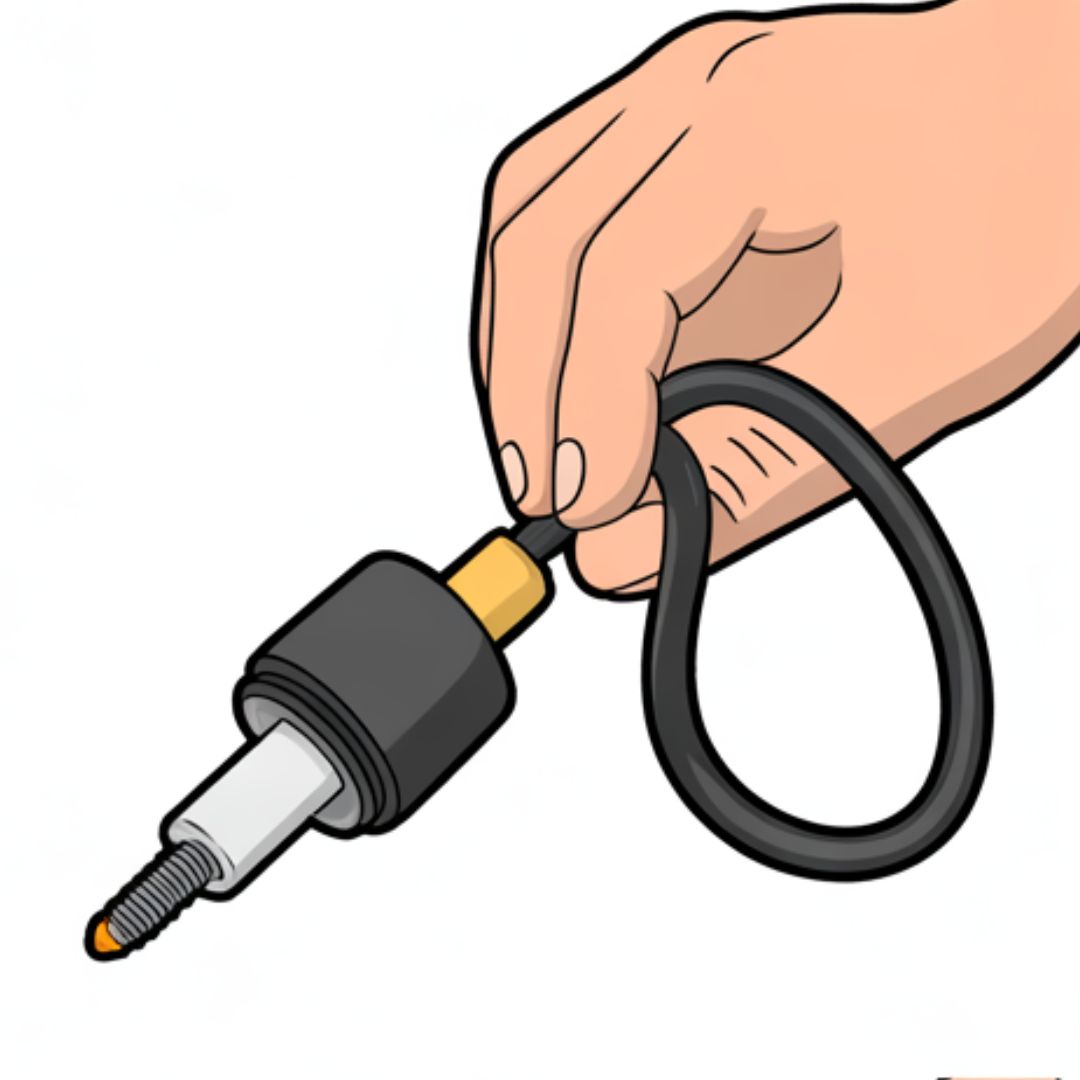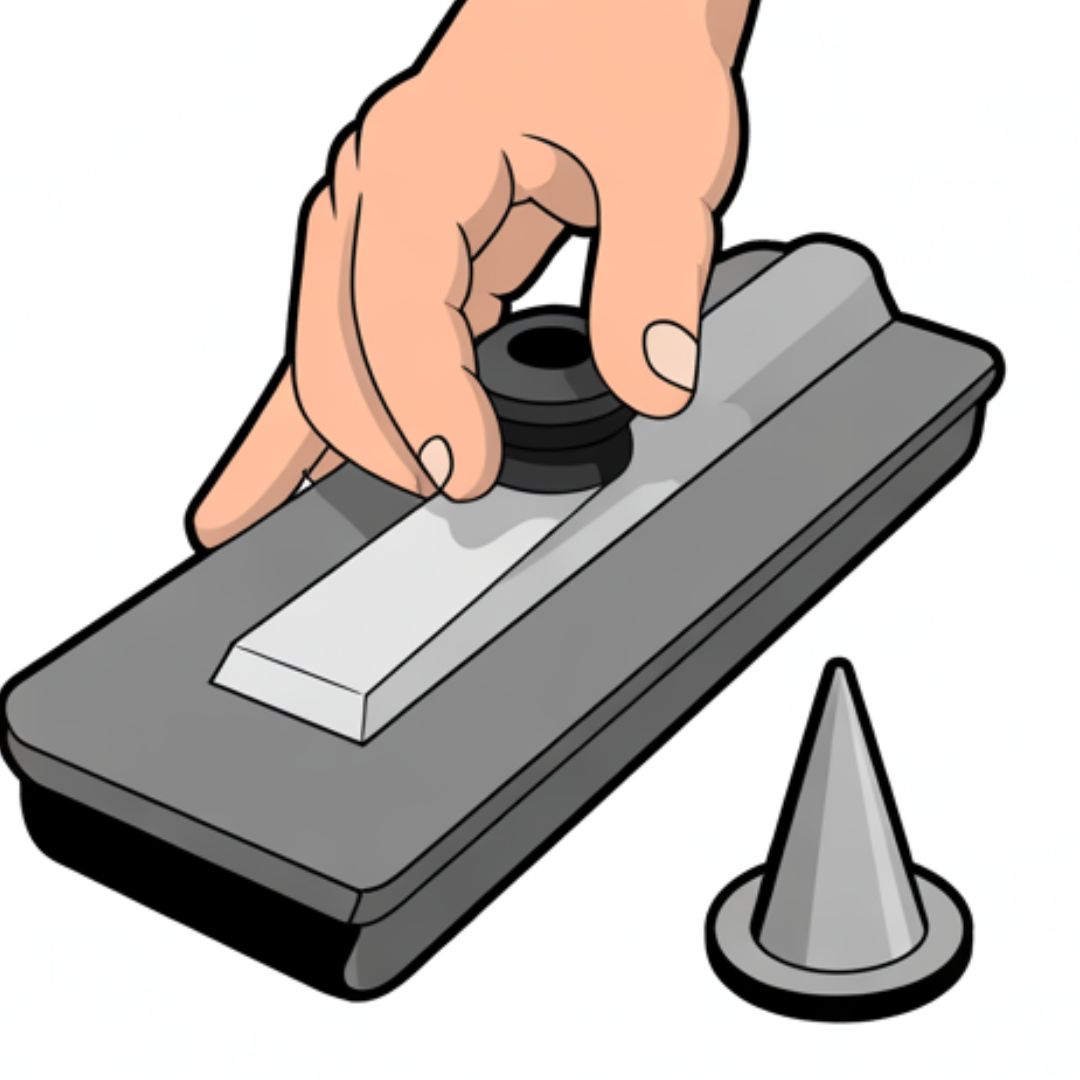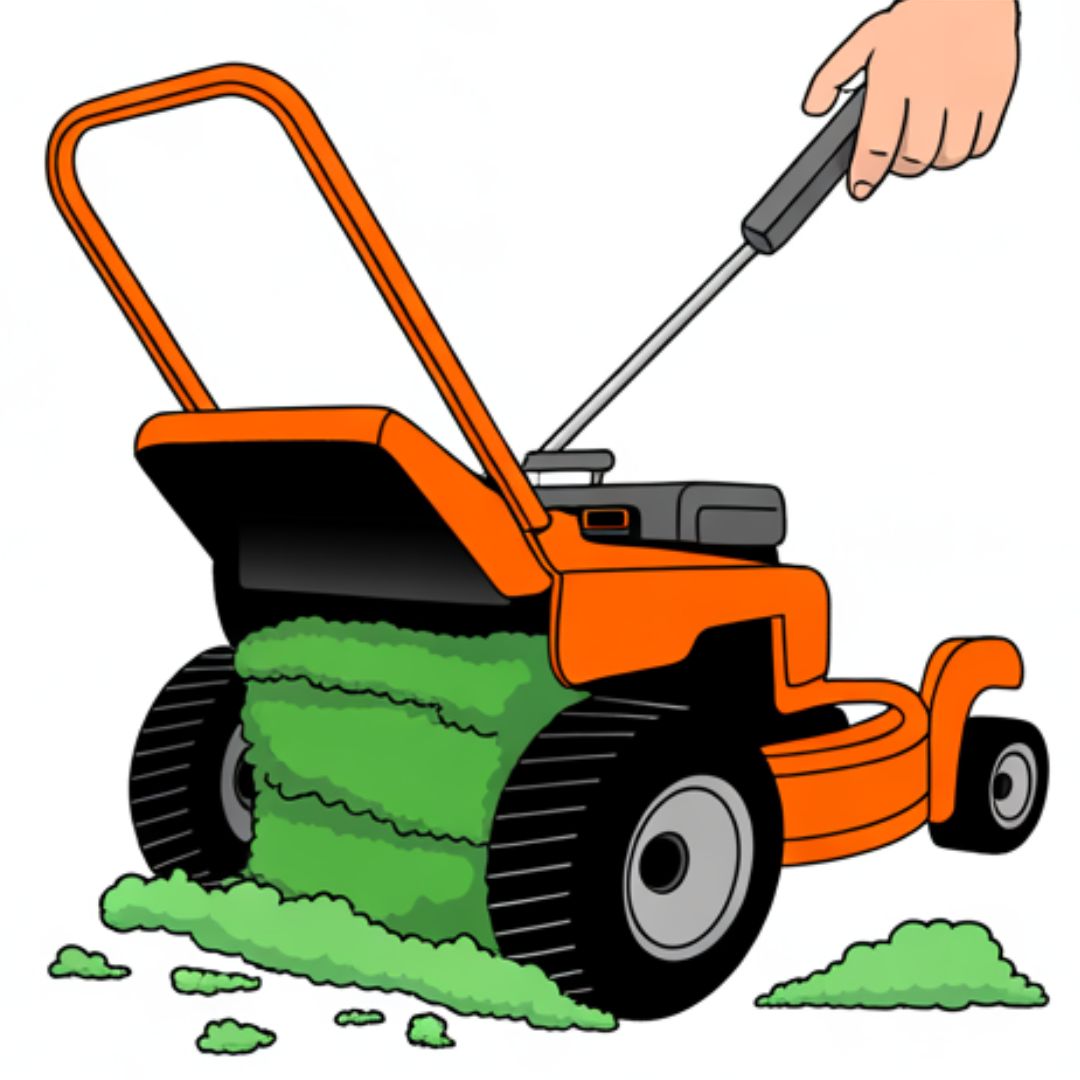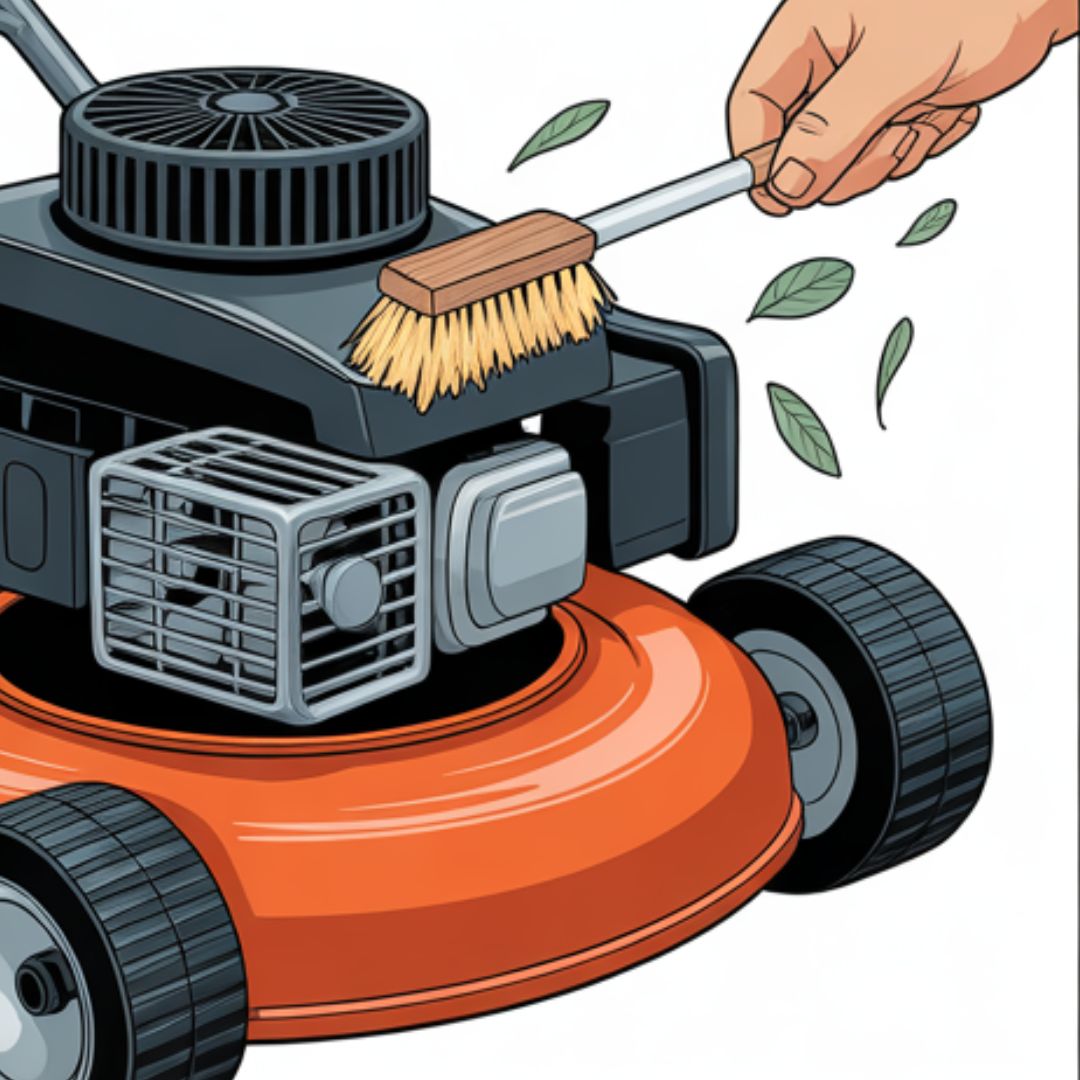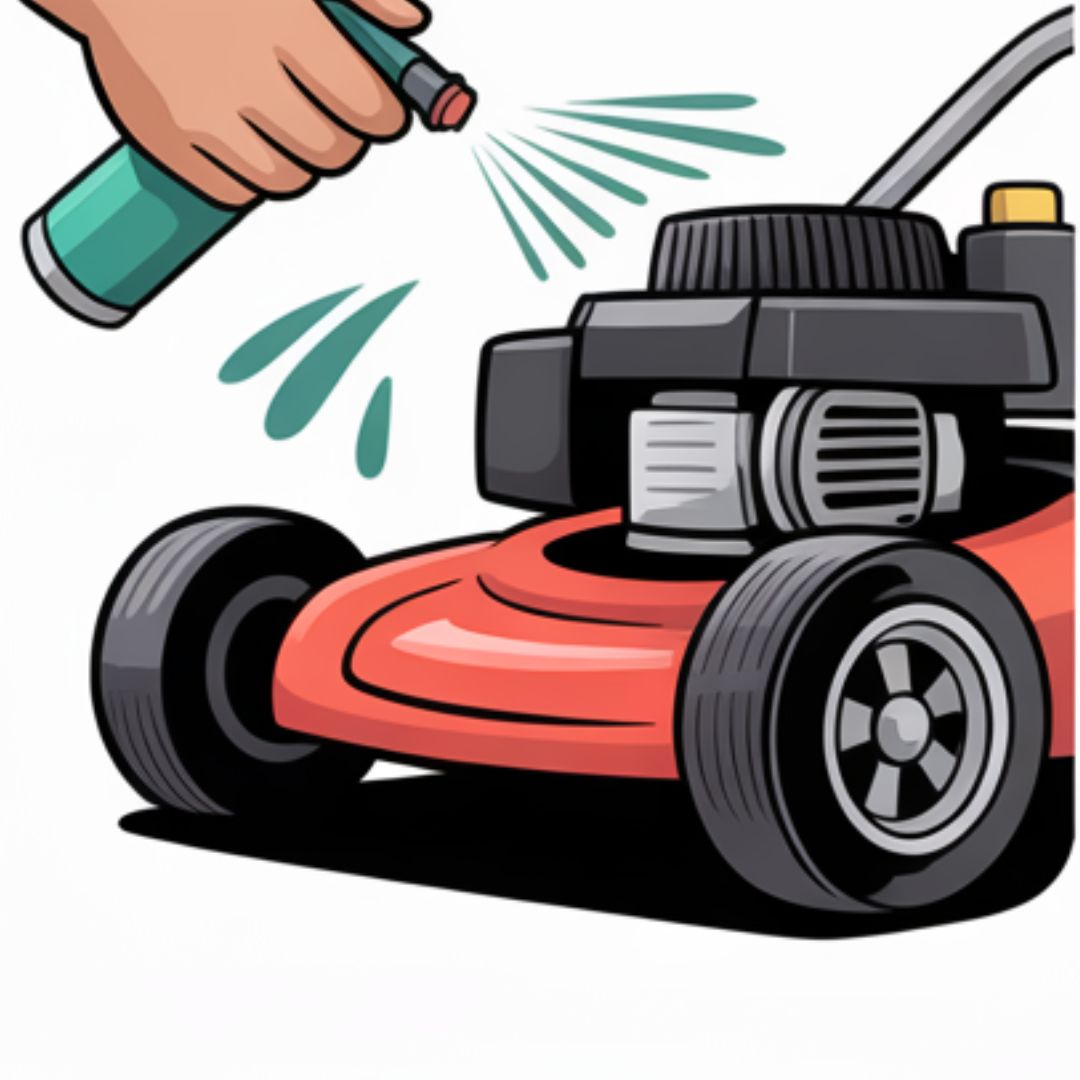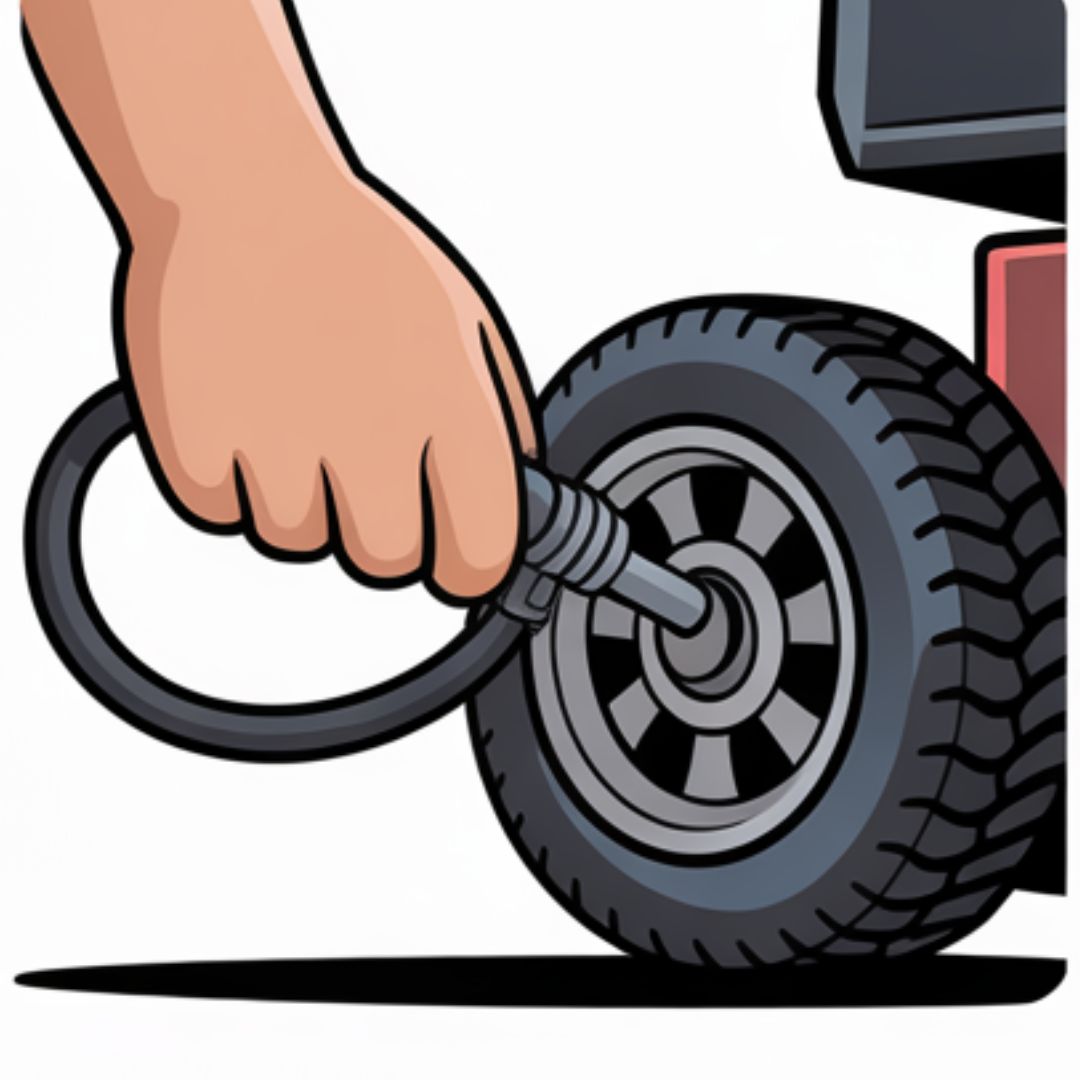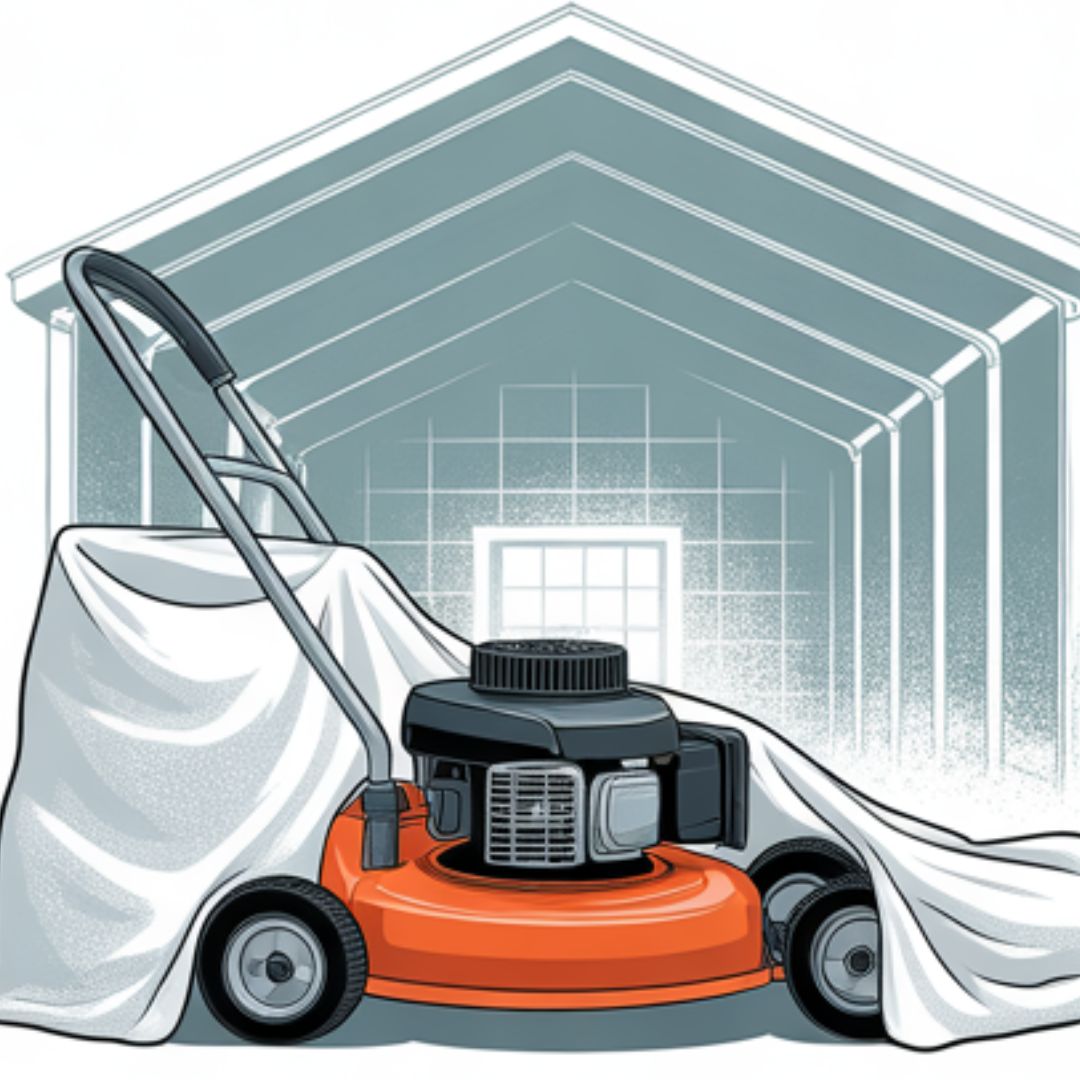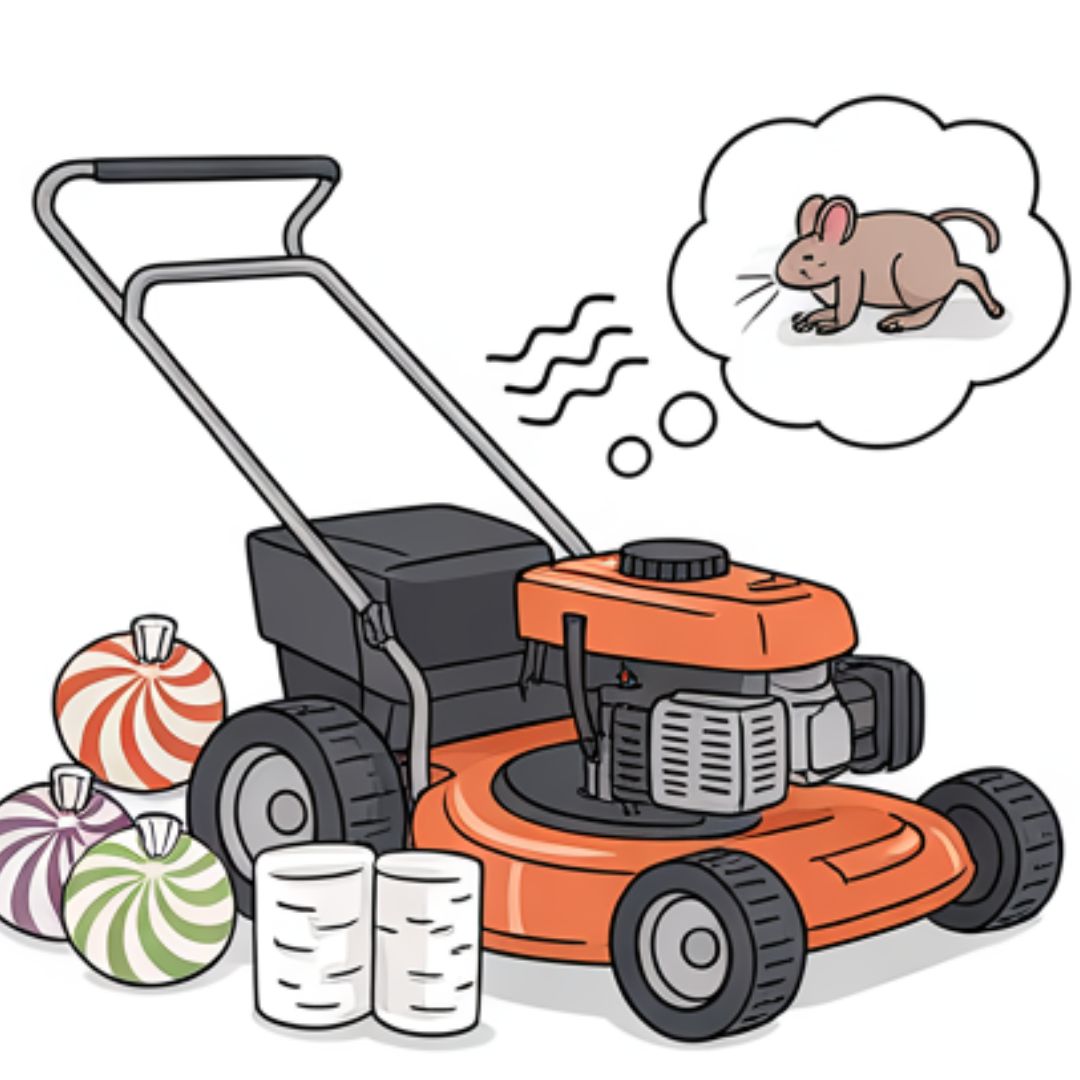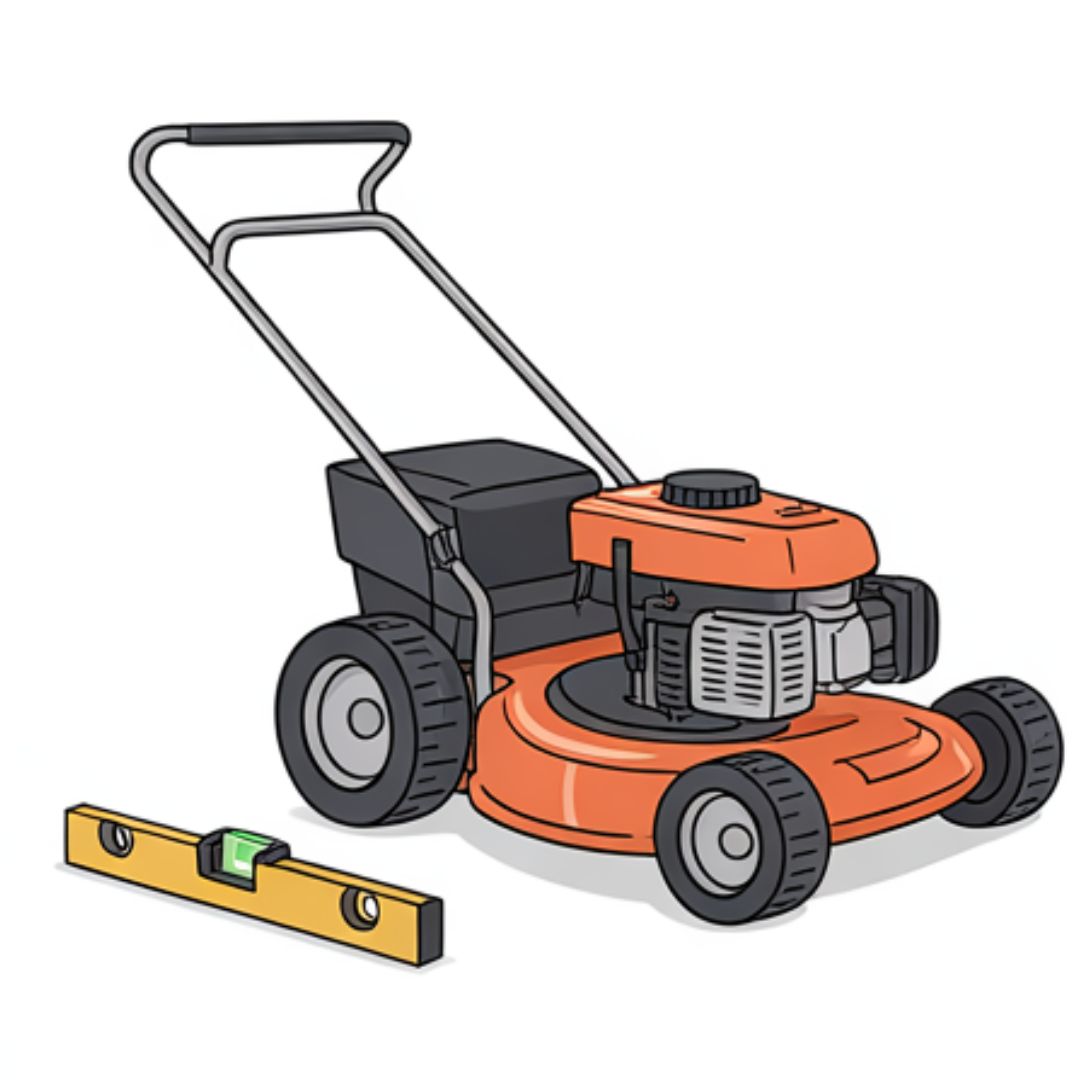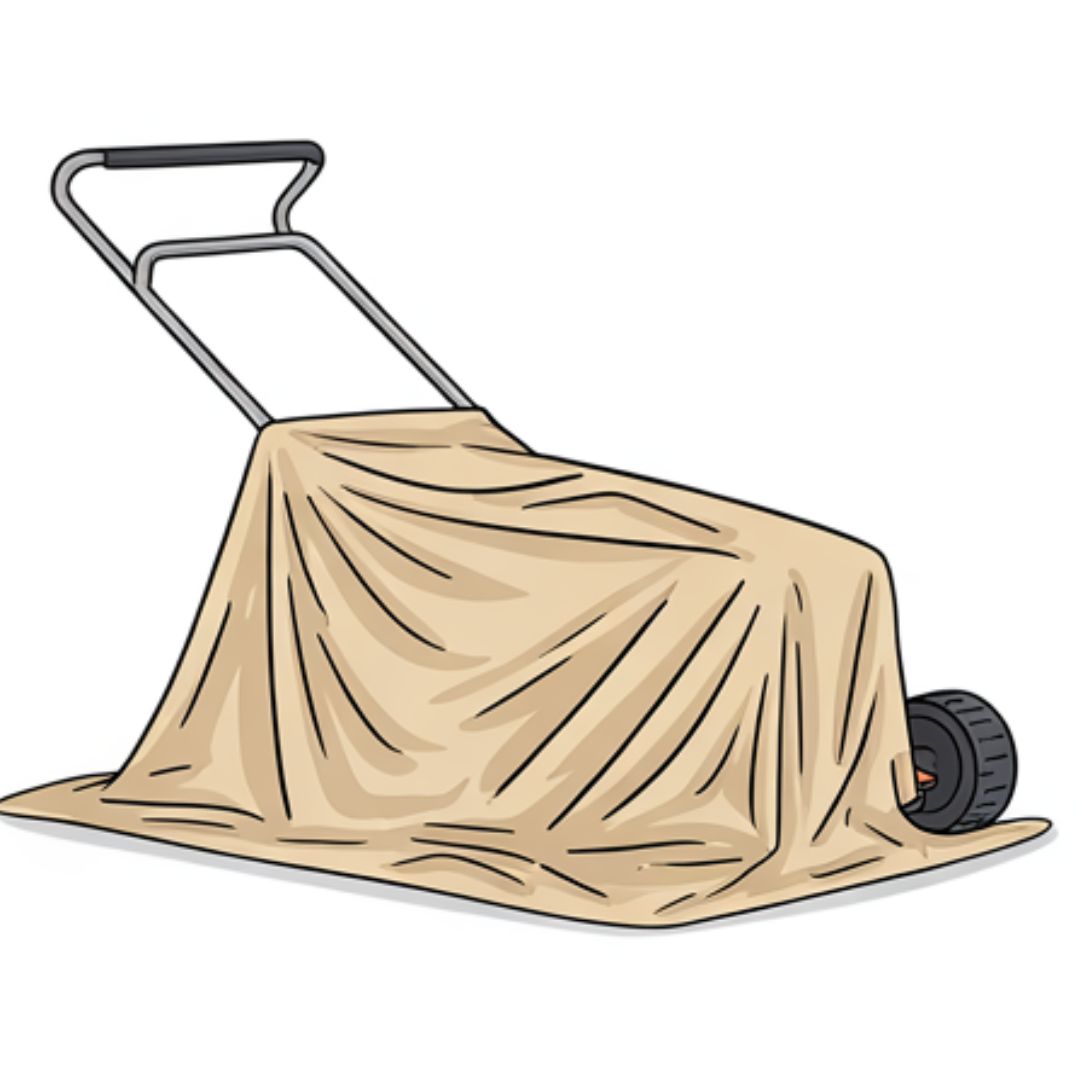
Most homeowners treat winter mower prep like taxes — they’ll “get to it later” and then forget until April when the mower coughs twice, gives them the finger, and refuses to start. If you’ve ever kicked your machine in early spring because it wouldn’t crank, yeah… that’s usually from skipping winter prep.
Truth is, your mower takes a beating all season. Dust, thick turf, wet leaves, rocks, heat — everything. And when cold weather rolls in, all those little problems get worse. Old gas turns nasty. Moisture creeps in. Mice start looking at your engine bay like it’s a heated condo. Half the startup issues folks complain about in spring come from nothing more than ignoring basic bolded winter prep like bolded mower winter storage, winterizing your mower, and checking for bolded rust and bolded moisture trouble before you shove the thing in the shed.
Quick reminder before we dive in: nothing here is fancy. You don’t need a mechanic. Just regular homeowner stuff — checking oil, draining old gas, keeping the mower dry, and using a little common sense. And if I ever say “don’t do this,” it’s because I’ve already seen five neighbors do it and regret it.
Alright, let’s get into the part most people skip… and pay for in April.
Why Winter Storage Actually Matters (And Why Most People Ignore It)
Most folks shut the mower off in November, park it behind a bunch of Christmas bins, and hope the thing magically survives winter. Spoiler: it doesn’t. Proper bolded mower winterizing, bolded lawn mower storage tips, and checking for bolded off-season moisture are the difference between a mower that fires up instantly in spring… and one that sounds like it swallowed gravel.
Here’s the simple truth — winter beats the hell out of anything metal. Moisture creeps in everywhere. The deck rusts. Belts dry out. The carb gums up from bolded stale fuel. And don’t even get me started on the mice. They treat your mower like a furnished rental. I’ve opened riding mowers in March to find a full condo setup — shredded seat foam, acorn stash, the whole mouse HOA.
A few quick real-world examples so you get the picture:
Most people ignore the cooling fins after a dusty summer — then wonder why the mower overheats next season.
Leave gas sitting all winter and expect gummy carb trouble and sticky fuel line drama in spring.
Storing a mower under a tarp outside traps moisture — and moisture eats the deck faster than you’d think.
Mice chew through wires like it’s a buffet. One winter is all it takes to kill an entire harness.
If your mower rattles next season, a bolt probably rusted halfway through during storage.
Fast checks you should do before winter hits:
Fast check: If the oil on the dipstick looks darker than coffee, change it before storing. Dirty oil turns acidic over winter.
Quick trick: Smack the filter on your palm or tire — most engines breathe easier instantly.
Easy win: Spray the deck clean and let it fully dry. Wet grass left stuck underneath is a straight-up rust trap.
Most people miss this: Tires drop pressure slowly while stored. Low tires form flat spots that bounce like a shopping cart wheel.
Why this matters for spring:
Skipping simple bolded mower storage rules is exactly why people say “my mower won’t start after winter.” It’s not age. It’s not “bad luck.” It’s months of cold, moisture, and old gas silently ruining the machine.
And now that you know why these rules matter, let’s walk through the actual stuff nobody follows — starting with the fuel problem everyone ignores.
16 Mower Winter Storage Rules Nobody Follows
Alright, here’s the meat of it — the actual rules. These aren’t “nice to do” chores. These are the things that keep your mower from acting like a stubborn old truck in spring. Most folks ignore half of them, then blame the mower. But follow these and you’ll avoid 90% of the typical “won’t start after winter” headaches.
Let’s break them down, neighbor to neighbor…
